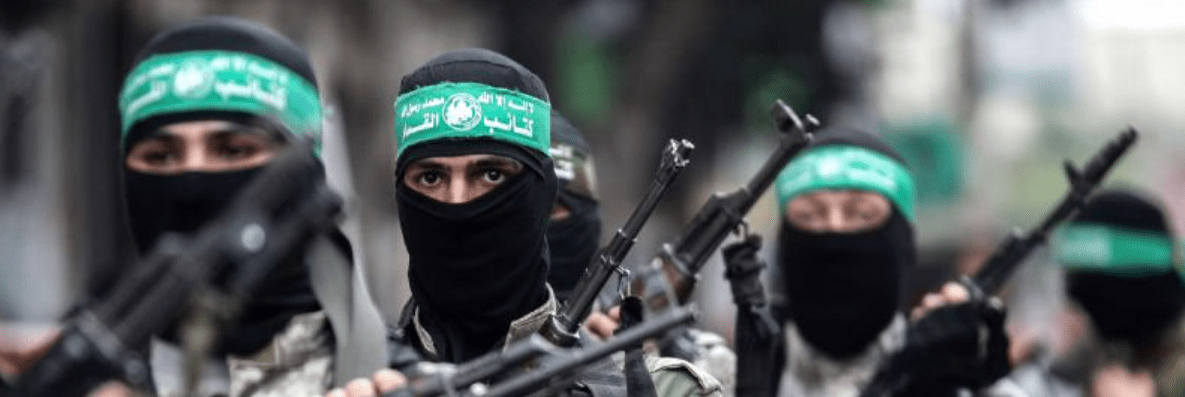By John Pickard
Asmaa Al-Ghoul’s description of Gaza does not deal with the most up-to-date events, but, nonetheless, her book, A Rebel in Gaza, gives a living and breathing insight into the teeming life in that tiny, Israeli-controlled enclave. Moreover, it is a glimpse of life from the point of view, as the book title suggests, of a woman always prepared to push back against the strict and somewhat arbitrary rules of the Hamas version of ‘Islam’.
Asmaa Al-Ghouli was born and brought up in the Gaza strip and except for a few years in the Gulf, she has spent her whole life either in Gaza City itself, or in the southern city of Rafah. As an adult, she has spent most of her time as a writer and journalist. What her book describes, as Selim Nassib writes in the preface, is “the daily life of a society run by Hamas: how people fall in love, get married, suffer repeated wars, go down to the beach, cycle, smoke their hookahs under that yoke.”
A childhood with Israeli soldiers, army boots and khaki
Between 1967 and 2005, Gaza was occupied directly by the Israeli army, although they were simply “the Jews” to most Palestinians. This was the backdrop to Al-Ghouli’s early life, having been born in 1987. “I can’t think back to my childhood”, she writes, “without soldiers: their boots, their weapons, the khaki of their uniforms. Their intrusions, year after year, were so ‘normal’ in my eyes that my memory can no longer distinguish between them.”
Throughout that whole period of direct occupation, during which time the Israelis estabished Jewish settlements (on the best land, of course), there was continuous resistance from the Palestinian population, with an invariably brutal response from the Israeli army. It was the corruption of Fatah, Al-Ghouli describes, that led to the rise of Hamas in the early days, in the 1990s and early 2000s, as an ‘Islamic’ resistance movement. Hamas gained a lot of popular support, Al-Ghouli writes, “but people were divided about the introduction of religious ideas into resistance”. It was in that resistance to Israeli occupation – which eventually forced a complete withdrawal – that “Fatah looked more and more to be on the sidelines”.
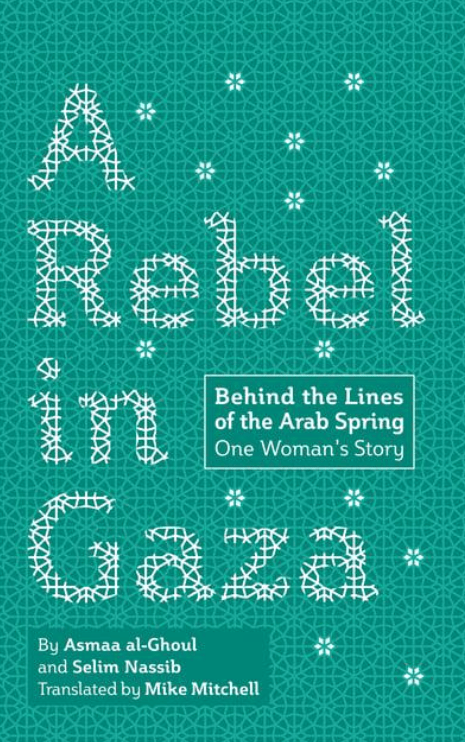
As an aside, it is notable that when the Israelis finally gave up their settlements in Gaza, they left nothing behind that might have been of any benefit to the Palestinians. There were no gestures of good will, no reaching out to Palestinians in dire need of housing. Al-Ghouli described the Palestinians driving gleefully through the deserted settlements: “…everything was flattened, everything had been destroyed, the houses, the public buildings, the schools…all that was left were the mango trees.”
Hamas support increased in Gaza, no small thanks to the general perception (accurate) of massive corruption within the PLO, before and after the establishment of the Palestinian Authority. Eventually, in the only elections that have taken place to that Authority, in January 2006, Hamas gained a majority of seats and it immediately triggered a power-struggle between themselves and Fatah.
Fatah dignitaries all lived in sumptuous villas
“Why had Hamas been so convincing?”, Al Ghouli asks of those elections. “Because people, including myself, were weary of the corruption of the present [Fatah] government. When I was at university there were the children of Fatah dignitaries all around me, sons of generals, sons of high officials, sons of officers who all lived in sumptuous villas and received – at fifteen or sixteen – salaries between $1,000 to $2,000 a month for doing nothing! The secular university of Al Azhar belonged to Fatah – that is, to themselves.”
A Palestinian ‘national unity’ government quickly fell apart and Hamas was able to establish its authority in Gaza, while Fatah reinforced its stranglehold over Palestinian municipalities on the West Bank – which can hardly be said to be a ‘government’ in the isolated enclaves left after Israeli land confiscations.
Claiming that they were taking ‘preventative action’, to stop the election result being ‘stolen’, Hamas set about eliminating the power of Fatah in Gaza. “That is why they went on a spree of killing, expelling, humiliating and parading the hundreds of Fatah members they’d made prisoners.” Elsewhere in the book, Al-Ghoula refers to as many as two hundred Fatah members being assassinated by Hamas, along with members of left-leaning groups.
Although she doesn’t spell it out, it is arguable, therefore, that as a result of the brutal consolidation of its power in Gaza, Hamas may have killed more Palestinians than it has killed Israelis, even with the thousands of rockets fired at Israel over the past decade and a half.
Islamisation gathered momentum
Before and after the election victory of Hamas, there has been a relentless ‘Islamisation’ of Gaza society, and it is this that is so well documented in Al-Ghoul’s book. As Islamisation gathered momentum, secular and left-wing Palestinians were pushed aside and marginalised, or worse.
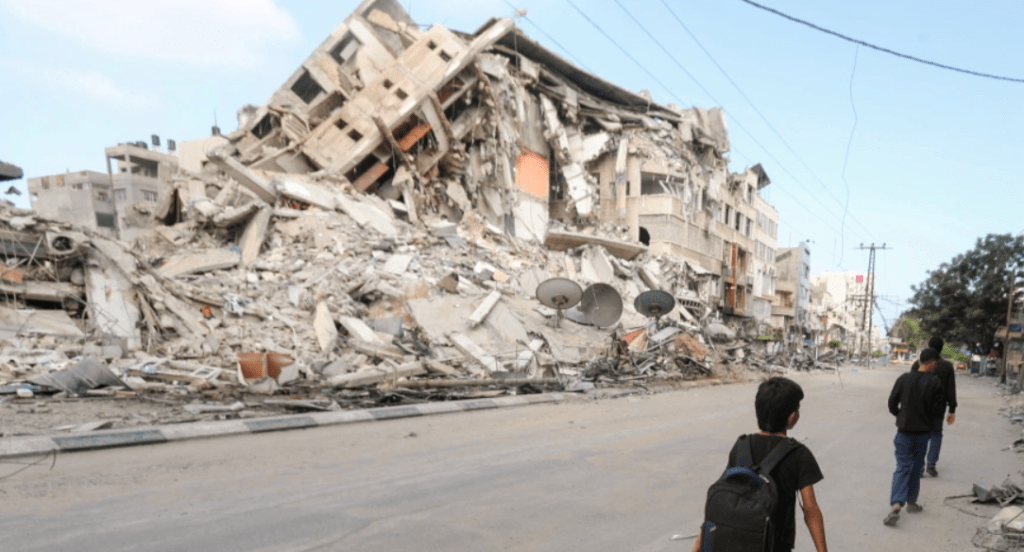
Al-Ghouli describes the atmosphere when she went as a student to the Islamic University in Gaza City. “I was dumbstruck”, she writes, “At a minimum you had to have a scarf over your head, long sleeves, trousers under your dress, no make-up, and of course the girls were separated from the boys.” As a result of her “unbearable” experience in Gaza, Al-Ghouli transferred to the more secular Al Azhar University.
“If the corruption of Fatah had been repelling”, Al Ghouli writes, “the rigidity of Hamas wasn’t much better.” The author describes several occasions when she herself fell foul of the religious police, for not completely covering her hair, or for having bare arms. On one occasion she was beaten and briefly imprisoned and it was her celebrity as a journalist that saved her on many occasions from a worse fate.
Many youth opposed to Hamas
Yet Al-Ghouli makes frequent references to the opposition of youth to Hamas and this was particularly notable when the ‘Arab Spring’ of 2011 affected the Palestinian territories. The starting point of the ‘Palestinian Spring’ was planned to be demonstrations on March 15, simultaneously in the West Bank and in Gaza.
The Palestinian youth, unlike those in Egypt and Tunisia, were not going to demand an end their government, because effectively thay had none. Their main demand, instead, was for “national unity” in the face of Israeli occupation. The boldest of the youth movements, Al-Ghouli describes, was Gaza Youth Breaks Out, which had a manifesto: “To Hell with Hamas. To Hell with Israel. To Hell with Fatah.” Secular youth organisations also planned to participate in the demonstrations.
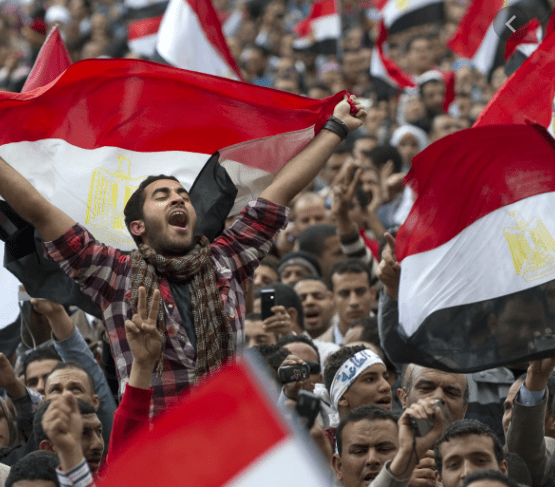
But, as the author says, “the Hamas agencies were not slow to react” and they mobilised their supporters in their hundreds to wave Hamas flags, to occupy the planned site of the youth rally and intimidate the more secular youth. Undeterred, the youth movements marched their demonstration to another square, and here, they were eventually set upon by club-wielding Hamas thugs. Although Al-Ghouli does not go into it, much the same was experienced by young demonstrators at the hands of Fatah on the West Bank.
Al-Ghouli’s family members killed in Israeli air-raid
What shines out in A Rebel in Gaza is that Al-Ghouli has no sympathy for the Israelis who have regularly rained down bombs, rockets and artillery shells on Gazan civilians. Indeed, in the summer of 2014, nine members of her own family were killed, including a three-month-old baby and a sixty-year-old uncle, an aunt, four of their children and three grandchildren. All were blown to pieces by Israeli rocket fire and yet not one of them had any links to Hamas or any other paramilitary group.
Al-Ghouli’s book is not meant to be a historic description of the rise of Hamas. But that history is nonetheless interesting. It was founded in 1987, and owed its origins to the Egyptian Muslim Brotherhood. When it began to emerge as a powerful political force, it soon became a rival to the PLO and its main constituent organisation, Fatah…just as its sponsors intended.
Israel sponsored the founders of Hamas
It is now fairly well established that the early sponsors of Hamas included the US and even Israel, who were looking to establish a counterweight to Fatah. The Wall Street Journal (January 24, 2009) carried an article entitle ‘How Israel helped to spawn Hamas’. The article cited Avner Cohen, a retired Israeli official responsible for religious affairs in Gaza for two decades. Even as he was picking through the wreckage of an Israeli house destroyed by a Hamas rocket, Cohen told the WSJ, “Hamas, to my great regret, is Israel’s creation.”
“Instead of trying to curb Gaza’s Islamists from the outset, says Mr. Cohen, Israel for years tolerated and, in some cases, encouraged them as a counterweight to the secular nationalists of the Palestine Liberation Organization and its dominant faction, Yasser Arafat’s Fatah. Israel cooperated with a crippled, half-blind cleric named Sheikh Ahmed Yassin, even as he was laying the foundations for what would become Hamas”.
Sheikh Yassin was later killed by the Israeli’s in a targeted air strike in 2004, but by then, the organisation he had built up, with Israeli help, had become a major thorn in Israel’s side.
The Israeli government gives the money…we gave it to the mosques
Another article on the intercept website, quotes Brigadier General Yitzak Segev, who was the Israeli military governor in Gaza in the early 1980s. He later told a New York Times reporter that “he had helped finance the Palestinian Islamist movement as a “counterweight” to the secularists and leftists of the Palestine Liberation Organization and the Fatah party, led by Yasser Arafat…The Israeli government gave me a budget,” he said, “and the military government gives to the mosques.”
More recently, an article in the Times of Israel (2018, December 3) relayed the same revelations. “Due to the short sidedness of the Rabin administration and later Begin there was an idea to bring about a branch of the Muslim Brotherhood into Gaza and the Palestinian territories to counter-balance the strength and popularity of the PLO…
“Just like the United States was funding the Taliban to fight in Afghanistan against the Soviets to bring down the communists so too was Israel selling Arms to Iran to fight their archenemy Iraq during the early eighties.”
Al-Ghouli’s book does not present an explicitly socialist outlook or alternative to Hamas, although the author herself clearly leans in the direction of secularism, and she has more tolerant ‘left wing’ friends and associates. But her description of the political cul-de-sac of the Palestinian people cries out very loudly.
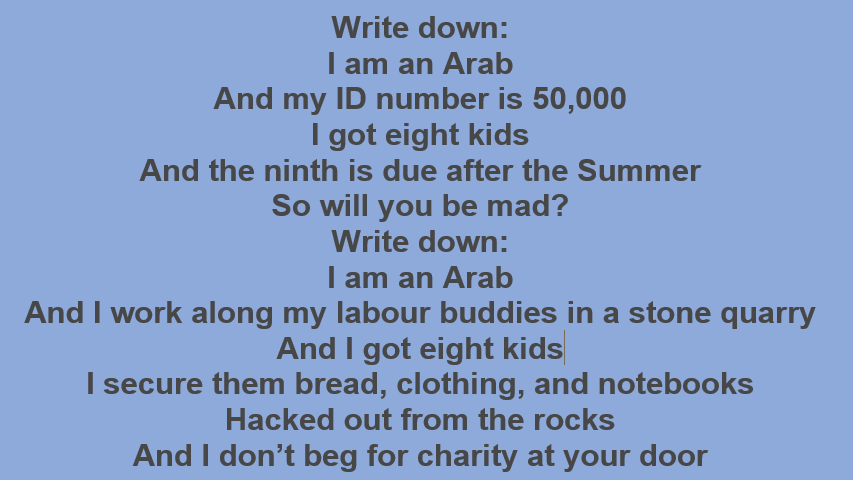
“Palestinians are proud of that poem, a proud affirmation of identity as a reaction to humiliations and suffering” (Al-Ghouli)
One of the greatest tragedies of the Palestinian people has been the utter failure and corruption of those who pretend to be its ‘leadership’. They have ‘led’ (or misled) the Palestinian nation from one disaster to the next; from one dead-end to another, and for decades. This comes out clearly in A Rebel in Gaza. That absence of political leadership is a handicap that the Palestinian people will need to overcome at some time or other.
In the case of Hamas, their repression of the Gaza population – who today, in a free election would probably vote them out – and their rocket fire on Israel smack more of desperation than a serious strategy for winning Palestinian rights and freedoms. Indeed, every rocket aimlessly fired at Israel pushes Israeli Jewish workers in the direction of the political right, into the arms of the likes of Netanyahu. Hamas, as an explicitly anti-Jewish and Islamist movement, offers Arab workers in Palestine nothing more than an unending round of national conflict and wars that they cannot hope to win, militarily or politically.
We can leave Al-Ghouli’s own words to sum up the dilemma of the Palestinian struggle. Quoted by Selim Nassib in the preface, she says, “I think the real occupying forces are the internal ones, Hamas, Fatah, the parties…then comes the major occupation: Israel. We can’t get rid of the latter without first getting rid of the former. To be honest, we are being subjected to a siege of the mind that is much more important than the siege on the borders.”
A Rebel in Gaza, Behind the Lines of the Arab Spring: one woman’s story, by Asmaa al-Ghoul and Selim Nassib, is well worth the read. It is available here and on other websites.

